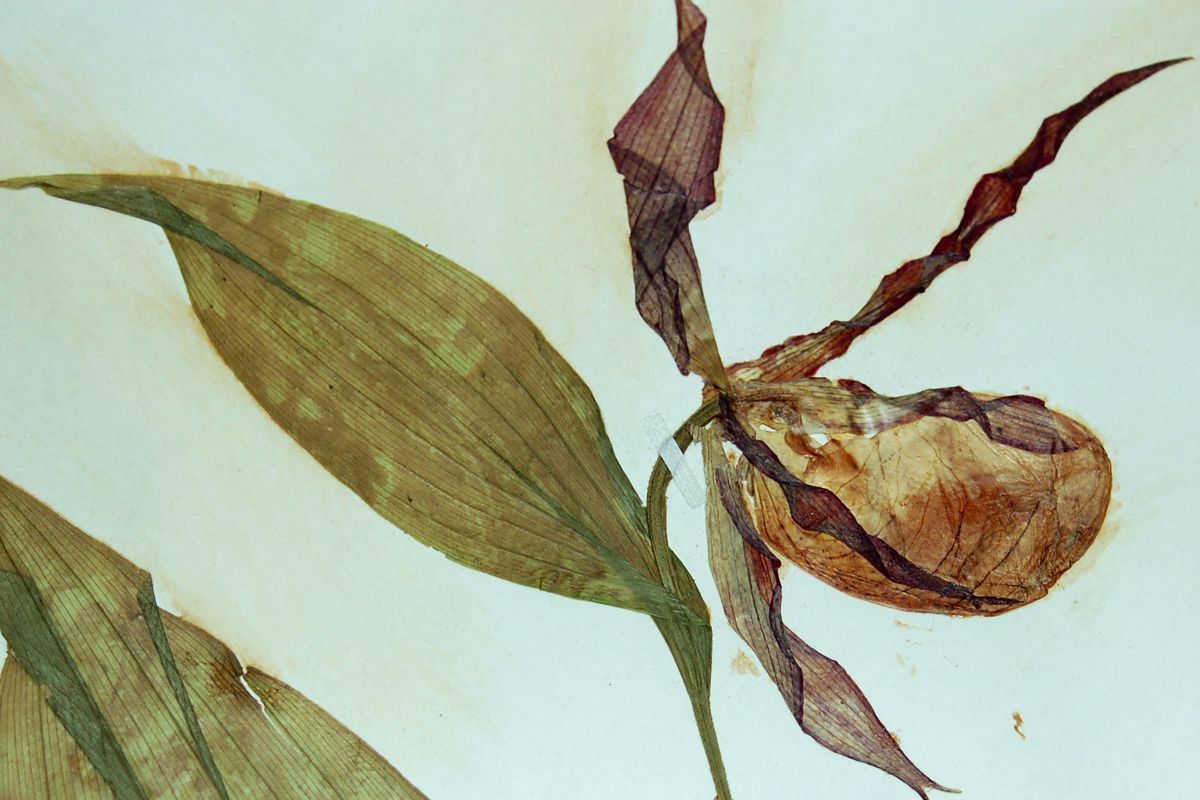USU Herbarium displays Utah’s plethora of foliage
Utah is ranked fifth in the nation for endemism, which means that a large number of flora and fauna species found in Utah are exclusive to the state. Cache Valley also boasts a number of its own endemic species. Logan Canyon is the only place in the world that Maguire primrose, a perennial herb with lavender-colored flowers, can be found growing.
The unique Maguire primrose is one of the many dried plant specimens that can be found at the Intermountain Herbarium, located in the basement of The Junction on campus. The herbarium currently houses a total of 255,000 specimens. The plant specimens are pressed and glued onto an 18-by-11 inch card with a label. The label includes the name of the specimen, where it was collected, who collected it and the date it was collected. The herbarium also houses specimens of bryophytes, fungi, lichens, algae and slime molds. These specimens are placed in a paper envelope or sealed bag or box with a label. All specimens are then filed into cabinets that are designed to minimize insect infestation and water damage.
Mary Barkworth, director of the herbarium, compares it to a library.
“It supports research, it supports education, and it’s a resource for others to use,” Barkworth said.
The herbarium focuses mainly on the intermountain region, but it does have specimens from different continents. Michael Piep, assistant curator at the herbarium, said 50 percent of the collections are from Utah and Idaho. The high endemism rate in the intermountain region provides researchers opportunities to discover.
“We have a lot of species here that are recognized as being new to science,” Piep said.
Piep was introduced to the herbarium as an undergraduate student majoring in biology when he took a plant taxonomy class.
“I learned about the herbarium, what it had and how it could be used, early on in my college career,” Piep said. He became a botanical consultant for the herbarium before he graduated. Piep also holds a degree from USU in environmental studies.
The herbarium was started in 1932 by Dr. Bassett Maguire after he convinced the Utah Agricultural Experiment Station (UAES) and the state legislature that the university, then called Utah State Agricultural College, needed an herbarium, because it was a land grant institution. Before he received approval for the project, Maguire had already acquired 10,432 specimens. During its first year, the herbarium added 3,479 specimens. As an official project of the UAES, the person in charge of the herbarium is required to file an annual report.
“These reports, although written primarily for internal consumption, are an important source of information concerning the herbarium’s development,” Barkworth said.
Utah State University has two additional herbariums on the Uintah Basin and Blanding campuses. The herbarium on the Logan campus is the largest of the three.
The herbarium is working on cataloging their specimens on the Internet. As part of the Intermountain Region Herbarium Network, their collection will be on the network’s website, http://www.intermountainbiota.org.
“The idea would be that people could search by scientific name as well as common names,” Barkworth said.
Bennett Hestmark, a graduate student in the watershed science program, is working on a project that looks at aquatic plant species growing in and around the Green and Yampa rivers. His project requires him to collect and identify the specimens for storage in the herbarium.
“I use the herbarium’s resources to help me identify which plants I have collected,” Hestmark said, “Plant taxonomy can be very frustrating, and having those keys and correctly identified specimens to compare with helps my process greatly.”
Vance Almquist, a junior majoring in environmental soil and water science, uses the herbarium for his plant systematics class.
“It’s really useful if you’re trying to do something with native plant species, especially if you’re looking at distribution,” Almquist said. “It’s the physical connection to the actual data.” Almquist volunteers at the herbarium and helps mount specimens. He said he enjoys spending time at the herbarium, noting a set of late 19th-century German botanical journals as a particular favorite.
“There’s a lot of history here,” Almquist said. “It’s ethereal to be walking around in here with stacks and stacks and stacks of plants.”
– jamee.dyches@aggiemail.usu.edu

